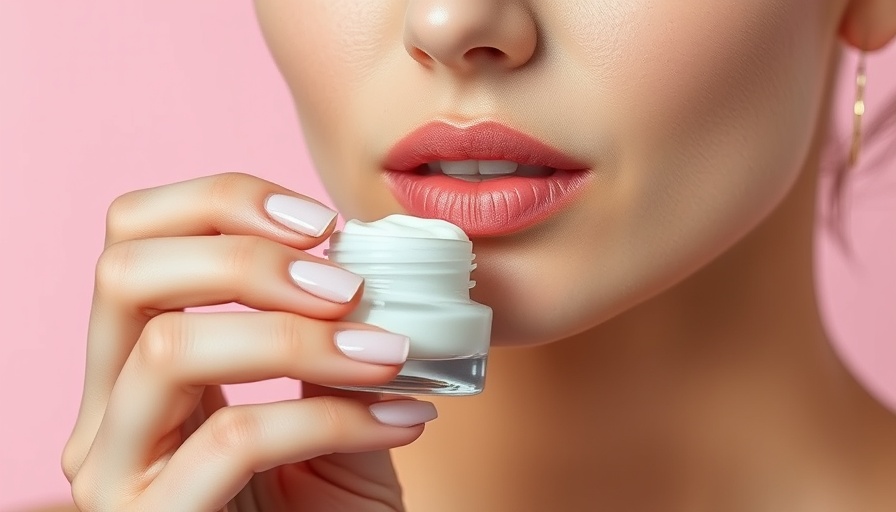
Unveiling the Potential of Blood-Derived Bacteria in Skincare
The world of aesthetic medicine is on the brink of exciting developments, especially with the latest research uncovering the potential of blood-derived bacteria in producing powerful anti-aging compounds. Although numerous studies have emphasized gut microbiota, the focus on blood-resident microbes like Paracoccus sanguinis has been relatively neglected.
Cutting-Edge Research: A Deep Dive
In a recent study published in the Journal of Natural Products, scientists have made groundbreaking discoveries about the metabolic contributions of P. sanguinis. They isolated 12 indole metabolites from this human blood-derived bacterium. Among these, three metabolites demonstrated impressive abilities to combat the key factors contributing to skin aging: oxidative stress, inflammation, and collagen degradation. Specifically, they found that these metabolites reduce reactive oxygen species (ROS), suppress inflammatory proteins like IL-6 and IL-8, and inhibit MMP-1, a protein critical for collagen breakdown.
Anti-Aging Compounds: What the New Findings Mean
One particular compound, referred to as metabolite 11, showcased the highest efficacy in protecting skin cells. Its ability to safeguard against oxidative damage opens new doors for potential therapeutic applications in skincare. For medical spa owners, this is an exciting avenue that could lead to innovative anti-aging treatments tailored to clients' skin health.
The Role of Advanced Techniques in Discovery
The successful isolation of these compounds was facilitated by advanced analytical techniques, which underscores the continuous evolution of research in aesthetic medicine. Medical spa owners should consider how these developments could reshape product offerings and clinic services. Stay ahead of the curve by being informed about the latest findings that could ultimately influence client expectations and demands.
Understanding the Implications for Future Therapies
With the anti-aging skincare market consistently expanding, the introduction of microbiome-derived compounds represents a novel frontier. The study highlights not only the therapeutic potential of P. sanguinis but also the need for further exploration into how these blood-derived metabolites can enhance existing skincare products. As we delve deeper into understanding skin biology through the lens of microbiome research, the opportunity to integrate these findings into practical applications grows.
Conclusion: Why Medical Spa Owners Should Take Note
The research surrounding blood-derived bacteria is not just an abstract scientific curiosity; it has concrete implications for the future of skincare. As a medical spa owner, staying informed about these advances can position your practice at the forefront of the industry. Embrace the opportunity to educate your clients about the healing properties of their own microbiome while potentially expanding your service offerings. Understanding these shifts in aesthetics will prepare you for the innovative treatments coming to the market, affording your clients cutting-edge options for skin rejuvenation.
 Add Row
Add Row  Add
Add 




Write A Comment